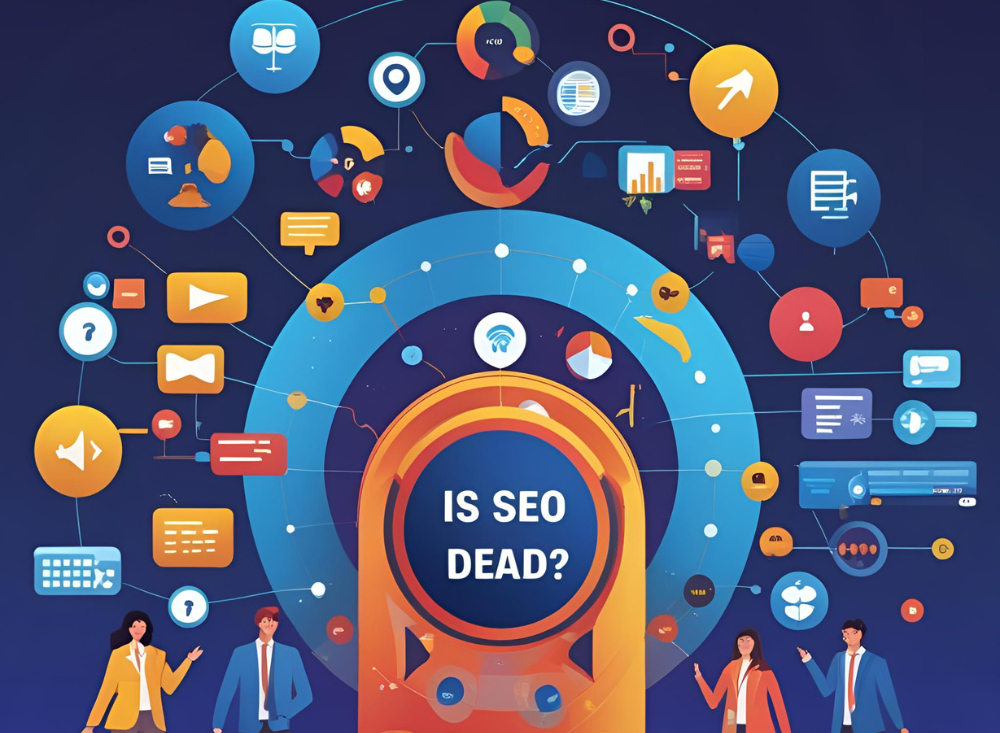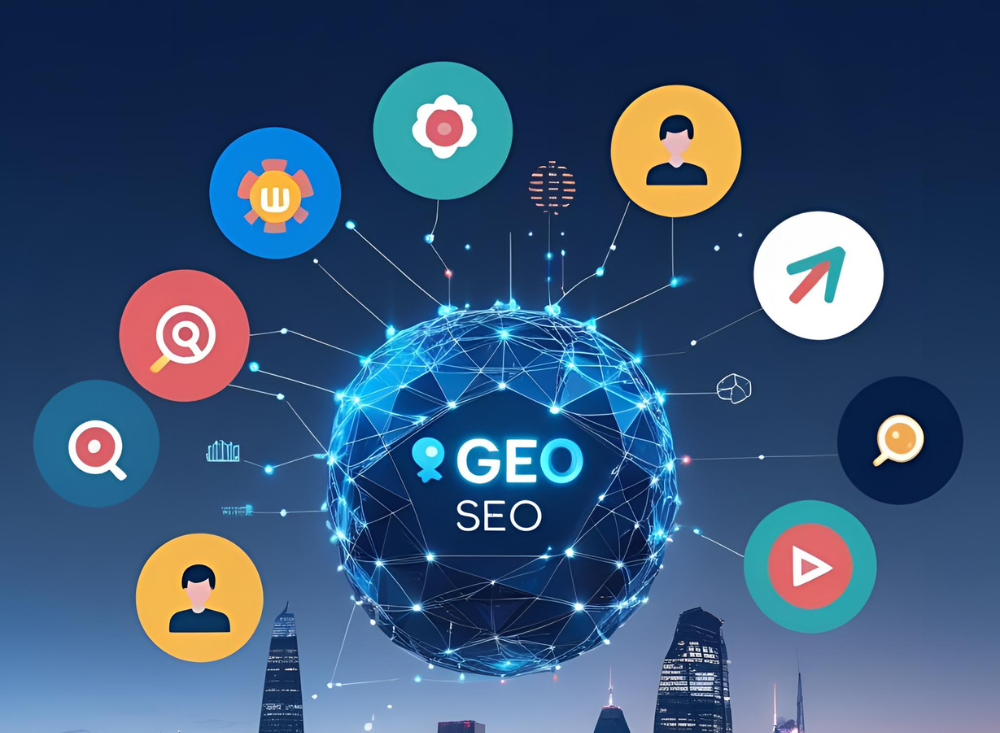
Keyword research and clustering are critical components of search engine optimization (SEO) and content strategy, enabling businesses and creators to align their content with user intent. Large language models (LLMs) offer powerful capabilities to streamline and enhance these processes by analyzing language patterns, identifying relevant keywords, and grouping them into meaningful clusters.
Understanding Keyword Research and Clustering
Keyword research involves identifying terms and phrases that users enter into search engines to find information, products, or services. Clustering takes this a step further by grouping related keywords based on shared themes, intent, or context, making it easier to create targeted content. LLMs, with their ability to process and understand natural language, can significantly improve the efficiency and accuracy of these tasks, while also enhancing semantic search by aligning content with user intent and context.
Using LLMs for Keyword Research
1. Identifying Relevant Keywords
LLMs can analyze large volumes of text to extract keywords that align with a specific topic or audience. By inputting a topic description or a sample piece of content, you can prompt an LLM to generate a list of relevant terms and phrases. For example, for a topic like “sustainable gardening,” an LLM can suggest keywords such as “eco-friendly gardening,” “organic compost,” or “water-saving plants,” capturing both broad and niche terms.
Steps:
- Provide the LLM with a clear topic or question, such as “What terms are associated with sustainable gardening?”
- Request variations, including synonyms, long-tail keywords, and related phrases.
- Review the output to ensure relevance and refine the prompt if needed to focus on specific aspects, like “beginner-friendly sustainable gardening tips.”
2. Understanding User Intent
LLMs excel at interpreting the intent behind queries, a cornerstone of both keyword research and semantic search. They can classify keywords into categories like informational (“how to start a garden”), navigational (“sustainable gardening blogs”), or transactional (“buy organic seeds”). This helps prioritize keywords that match your content goals and align with user search intent.
Steps:
- Input sample queries related to your niche and ask the LLM to categorize them by intent.
- Use the categorized keywords to guide content creation, ensuring alignment with user needs and semantic relevance.
3. Expanding Keyword Lists with Contextual Insights
LLMs can generate related terms by understanding the context of a topic, a key aspect of semantic search optimization. For instance, for “digital marketing,” an LLM might suggest not only “SEO” and “PPC” but also “content marketing strategies” or “social media advertising trends,” expanding the keyword pool with contextually relevant terms.
Steps:
- Prompt the LLM with a broad topic and ask for related concepts or subtopics.
- Request long-tail keywords or question-based phrases, such as “What are the benefits of digital marketing for small businesses?”
- Compile the suggestions into a comprehensive keyword list.
4. Analyzing Competitor Content
By processing competitor content or industry-related text, LLMs can identify keywords that competitors are targeting, uncovering gaps or opportunities in your strategy. This aligns with semantic search by ensuring your content addresses underserved user needs.
Steps:
- Feed the LLM a sample of competitor content or a description of their focus areas.
- Ask for keywords or phrases that appear frequently or seem central to their strategy.
- Use the output to identify underserved keywords you can target.
Using LLMs for Keyword Clustering
1. Grouping Keywords by Semantic Similarity
LLMs can group keywords based on shared meaning or intent, creating clusters that form the foundation for content topics. For example, keywords like “vegan recipes,” “plant-based meals,” and “dairy-free cooking” can be clustered under a single theme, such as “vegan cooking,” leveraging semantic relationships.
Steps:
- Input a list of keywords and ask the LLM to group them by shared themes or intent.
- Request explanations for each cluster to ensure the groupings align with your goals.
- Refine clusters by adding or removing keywords based on relevance.
2. Identifying Topic Hubs
LLMs can help create topic hubs by identifying a central theme and clustering related keywords around it. For instance, for a hub like “home workouts,” clusters might include “equipment-free exercises,” “beginner workout plans,” and “home gym setup,” supporting comprehensive content strategies.
Steps:
- Prompt the LLM with a broad topic and ask for subtopics or related keyword groups.
- Organize the output into a hub-and-spoke model, with the main topic as the hub and clusters as spokes.
- Use these clusters to plan content, such as blog posts or landing pages.
3. Prioritizing Clusters by Relevance and Intent
LLMs can evaluate clusters based on user intent or potential impact, helping you prioritize which ones to target first. For example, a cluster around “budget travel tips” might be prioritized if it aligns with a high-intent audience seeking cost-effective solutions.
Steps:
- Ask the LLM to rank clusters based on factors like search intent, audience relevance, or keyword difficulty.
- Focus on clusters that match your content strategy or business objectives.
4. Refining Clusters for Content Optimization
LLMs can suggest how to structure content around clusters, ensuring each piece addresses the core theme and related keywords. This improves content coherence and enhances semantic search visibility by aligning with user intent.
Steps:
- Provide the LLM with a cluster and ask for content ideas or outlines that incorporate the keywords.
- Request suggestions for titles, headings, or meta descriptions that align with the cluster’s theme.
- Use the output to create content that naturally integrates the clustered keywords.
Enhancing Semantic Search Optimization with LLMs
LLMs play a pivotal role in semantic search optimization by enabling a deeper understanding of user intent and context. By leveraging their natural language processing capabilities, LLMs can:
- Interpret Complex Queries: LLMs analyze sentence structure and context to understand nuanced queries, ensuring keywords and clusters align with what users are truly seeking.
- Personalize Keyword Strategies: By incorporating user data like location or search history, LLMs can tailor keyword suggestions to specific audiences, enhancing relevance.
- Support Multilingual Search: LLMs can process keywords across languages, identifying culturally relevant terms and clusters for global audiences.
- Improve Content Relevance: By clustering keywords based on semantic similarity, LLMs ensure content addresses user intent, improving search engine rankings and user satisfaction.
This semantic focus allows LLMs to go beyond traditional keyword matching, creating content strategies that resonate with users and search engines alike.
Benefits of Using LLMs for Keyword Research and Clustering
- Efficiency: LLMs can process vast amounts of data quickly, generating keyword lists and clusters faster than manual methods.
- Accuracy: Their ability to understand context and intent ensures more relevant keywords and meaningful clusters, aligning with semantic search principles.
- Scalability: LLMs can handle large-scale keyword research for multiple topics or industries.
- Creativity: They uncover unique, long-tail keywords and niche clusters that might be overlooked manually.
Challenges and Best Practices
While LLMs are powerful, they require careful prompting to avoid irrelevant or overly broad outputs. Use specific, well-defined prompts and iterate on the results to refine accuracy. Additionally, validate LLM-generated keywords and clusters with real-world data, such as search trends or audience behavior, to ensure they align with actual user needs. For semantic search, ensure clusters prioritize user intent and contextual relevance to maximize impact.
Best Practices:
- Start with clear, focused prompts to guide the LLM’s output.
- Regularly review and refine keyword lists and clusters to eliminate redundancies.
- Combine LLM insights with other data sources, like analytics, to validate findings.
- Test content built from clusters to measure its performance and adjust as needed.
Conclusion
Large language models revolutionize keyword research and clustering by leveraging their natural language understanding to identify relevant terms, interpret user intent, and group keywords into meaningful clusters. By integrating semantic search optimization, LLMs ensure content aligns with user needs and context, enhancing discoverability and engagement. Following structured steps—such as generating keyword lists, categorizing intent, and organizing clusters—businesses and content creators can build targeted, user-focused content strategies. While challenges like prompt precision exist, the efficiency, accuracy, and scalability of LLMs make them invaluable for optimizing keyword research and clustering, ultimately driving better search performance and user satisfaction.








